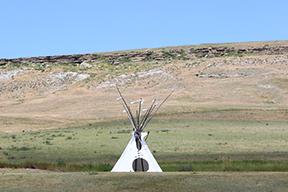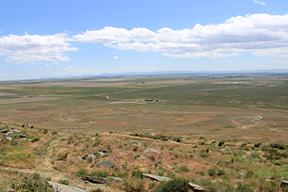Related Stories
- BLM enhances trail access in Billings area for outdoor users
- Community in action at Four Dances Recreation Area
- Strong turnout and new beginnings: 26 wild horses placed at Montana adoption event
- First 100 days: BLM drives energy expansion and national strength
- Aerial sagebrush seeding helps restore Robertson Draw Fire burn area



